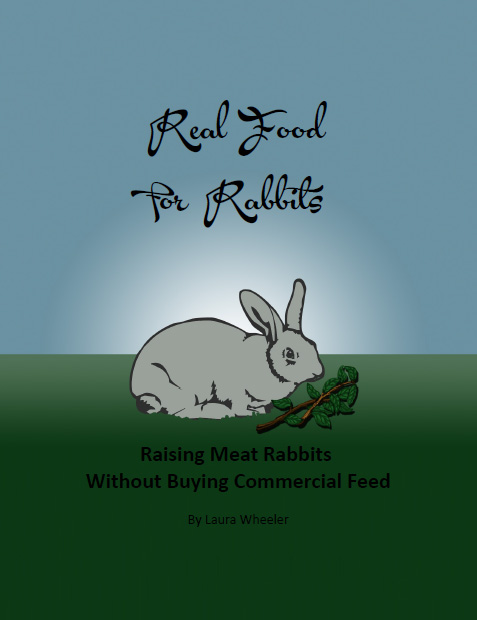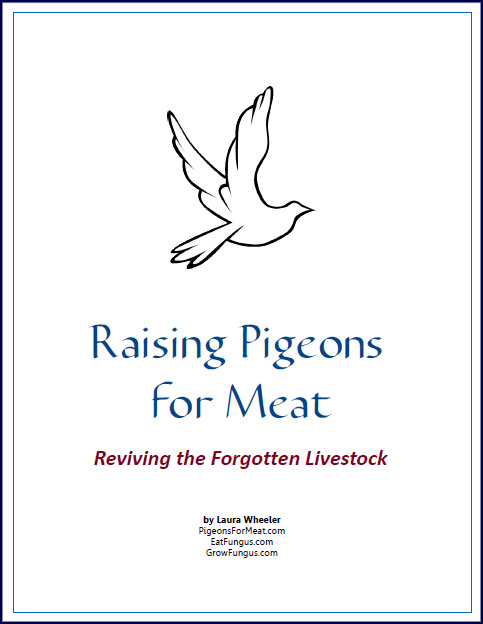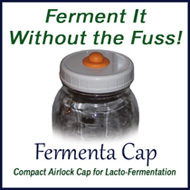Chickens
Silkie
America's favorite fluffy pet chicken is actually more practical than it looks! Silkies in America are a small bird that is not quite Bantam size - they are also available as a Bantam though this is a separate breed.
Silkies are unique in many ways, having soft hair like feathers (no quill in them), and having blue or black meat that is considered to be a delicacy in Asia.
These birds are some of the broodiest of chickens, and they will mother anything that needs mothering. They are fairly calm and friendly, and may not do well in a flock with aggressive breeds.
While they forage well, as most chickens do, they are not able to protect themselves from predators. The fluffiness of their feathering around their eyes can obscure their vision, so they are easy to catch off guard. Their feathers also do not insulate well in cold, and won't shed water, so they need good shelter.
- Type - meat, broody
- Size - small standard
- Production Capacity - generally lay around 100 eggs per year, and product a small meat carcass
- Special Features - blue meat, silky down-like feathers
- Best for Farms - consider using this bird as a brooder of full sized chickens, or as a foster mom for orphaned chicks, as well as for limited production of unusual meat and some eggs.
- Eggs, Milk, Meat Features - lightly tinted eggs
- Other Products - may be some market for feathers
- Historic or Contemporary Significance - the fluffiest of all chickens, and the most amusing looking, and valuable as a brooder
- Housing and Space Requirement - good shelter in bad weather is required, but space and forage are typical
- Regional Adaptations - do not handle temperature extremes or wet weather well
- Feed Requirement - typical
- Other Considerations - This bird has a solid market for pet chickens.
A NOTE ABOUT CHICKENS:
Many breeds are not included here due to poor availability, or due to genetic or health issues which make them impractical for small farm or homestead use.
All chicken breeds can be used for dual purpose, but there is a trade-off between meat production and egg laying - a bird cannot be very high in both. There is also a trade-off between egg laying and broodiness - simply because broodiness interferes with high volume egg laying to a certain extent.
So... egg layers that produce a lot of eggs will generally be smaller in size than meat producers. Meat producers will lay fewer eggs than lightweight layers - generally the heavier the bird, the fewer the eggs. Highest egg production seems to be in birds weighing 4-5 lbs. Higher weights slow egg production, and very small breeds also lay less.
Solid dual purpose breeds will meet somewhere in the middle, with a moderately large carcass, and good egg production through most of the year, about 150 to 200 eggs per year on the high end. Weights for dual purpose birds tend to range around 6-9 lb.
Sizes listed will have Standard after the size if they refer only to the Standard size breed.
Most Chickens also have a Standard size bird, and a Bantam size that goes by the same name, BUT, they are NOT necessarily the same breed! The APA gets a little confused where Bantams are concerned, because as long as the general appearance is the same, they don't care how they got that way, and whether any other traits match or not, and often the appearance diverges as well. So Breed descriptions generally ONLY apply to Standard size birds, unless the breed described here is specified as a Bantam Breed.
Bantams may come about in one of four ways:
1. Some breeds are naturally small, and they are Bantam only. This includes Sebrights, d'Uccles, d'Anvers, and many others. These breeds have the most easily digestible eggs in the chicken world, and they are NOT available in Standard sizes.
2. Some breeds are bred down, selecting for smaller and smaller size to achieve a Bantam breed. This is the most time consuming way to get a Bantam chicken. Characteristics other than size may change in the selection process if the breeder is careless - you generally lose something in egg laying capacity, and health or hardiness simply because of the genetic restriction involved. This is the ONLY case in which the Bantam is actually truly the "same breed" as the full sized variety.
3. Some breeds are created with a combination of breeding down for size, and careful cross breeding with existing Bantam birds, to create a cross breed that is smaller but retains more of the characteristics of the goal breed. Done well, this can produce a Bantam with a fairly close match to the original, though egg laying capacity will still generally be compromised. This results in a separate breed, NOT a "variety", though the APA lists them erroneously as two varieties of the same breed.
4. Often, existing Bantam breeds are simply crossed to come up with a bird that has the appearance of the goal breed. In doing this, breeders tend to concentrate on appearance, and forget entirely about other traits. Utility traits are the most commonly ignored. Frequently, behavior, production traits, even some physical traits, are broadly divergent from the original full sized bird. This results in a separate breed, NOT a "variety", though the APA lists them erroneously as two varieties of the same breed.
Bantam breeds generally lay less than full sized breeds of the same name - typically about half the laying capacity, sometimes less, rarely more. Bantams are, in general, more broody than full sized hens, in part because they have not been bred for high production, and this trait makes them fairly prolific when allowed to brood eggs. It also makes them very useful in brooding standard size hen eggs, or eggs from quail, partridge, or other small birds. In spite of their small size, they can successfully hatch full sized chicken eggs, though they do not cover a large number of them.
Bantams can be used for meat, though they produce a carcass more like a dove than a chicken.
They WILL fly, whereas only lighter weight standard breeds will fly much. A Bantam can take flight and travel by air over buildings, around trees, and out of sight within a few seconds.
Many breeds of chicken which were originally good utility birds are not listed here simply because they have been bred for show for so long that utility traits are now gone.
 Click to Download Your Free Heritage Pickling and Culturing e-Book Now!
Click to Download Your Free Heritage Pickling and Culturing e-Book Now!
Instant Download, NO Registration Required!






